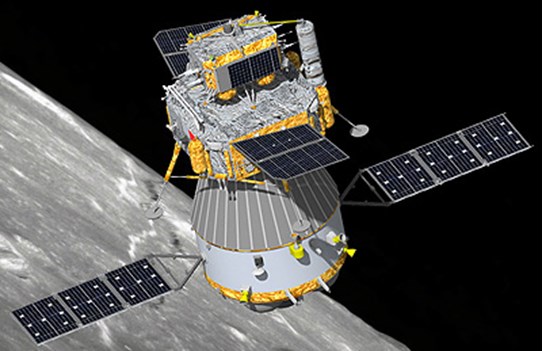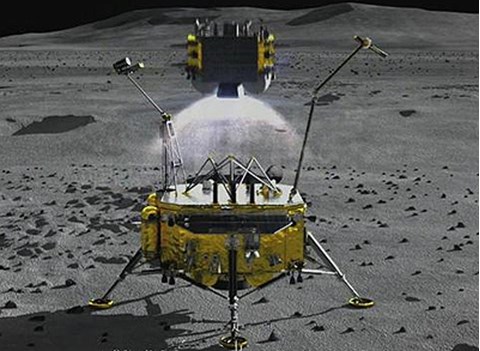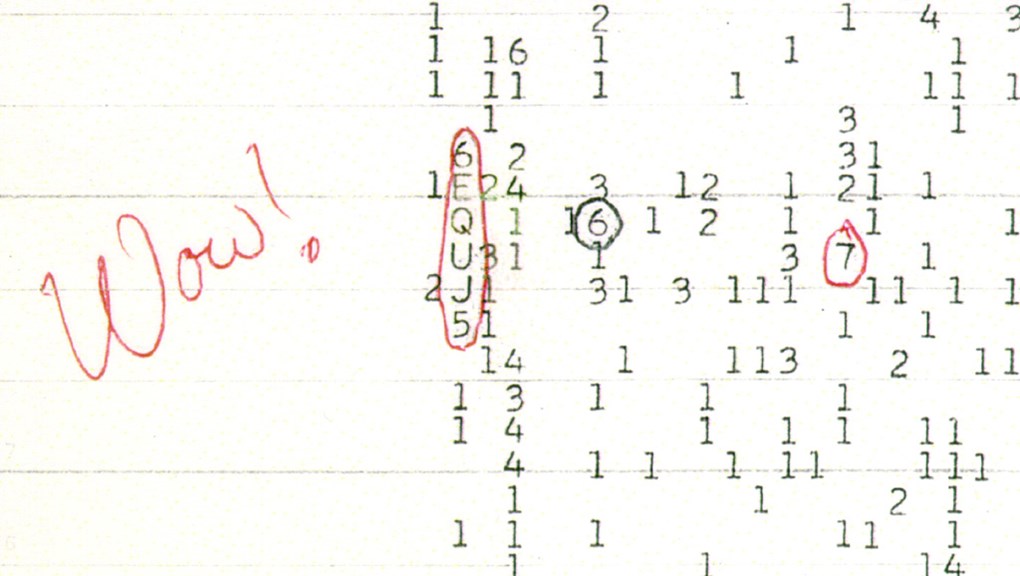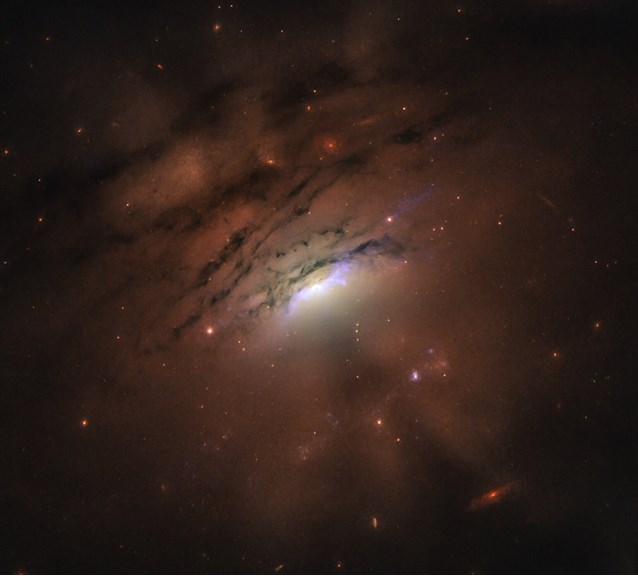Earth, Moon and Deep Space too
It has been a busy time lately in space exploration and astronomy. Enjoy a special selection of the latest headlines covering a diverse range of fascinating topics with links to explore further.
China heads to the moon again
The China National Space Administration CNSA has set out again to land a craft on the moon. This next phase in its Lunar Exploration Program will aim to return lunar surface material to Earth.
Following its groundbreaking and successful Chang’e 3 (Lunar Goddess 3) lander and Jute rover (Jade Rabbit) which visited the far side of the moon in December 2013, this Chang’e 5 mission places China as only the third nation to attempt a lunar sample return after the USA Apollo Missions and Soviet Union Luna probes of the 1960s and 1970s.
The site chosen for landing and sampling is on the moon’s near side in area of plains near Mons Rümker in Oceanus Procellarum (Ocean of Storms). This region of the moon is believed to be younger than other places astronauts or probes have visited and sampled.
The lander is equipped with camera, ground penetrating radar and spectrometer to study the site and surrounding area. It is planned to retrieve about two kilograms of material. In a sequence not unlike the Apollo era an ascent stage will blast off the moon, rendezvous with a service module left in lunar orbit and the samples will be placed in a reentry capsule. The module will leave lunar orbit, return to Earth and jettison the capsule for reentry. The 23 day mission will attempt to return its precious cargo by parachute in Inner Mongolia around the middle of December.
See more:
The end for Arecibo
Sadly, the National Science Foundation (USA) will decommission and dismantle its now severely damaged Arecibo Radio Telescope in Puerto Rico.
After drone surveillance engineers identified more cable breakages on November 6 connected to the same pylon that suffered damage last August (see article Telescopes in Danger). Overwhelming structural problems have developed and serious safety concerns are now apparent.
The historic 305 metre observatory has contributed much to advancing radio astronomy, and has been an asset for Puerto Rico and a major attraction for tourists and the movie industry. It has been upgraded several times over its almost half century of operation but is now considered unsafe and unrepairable. Arecibo’s LIDAR (Light Imaging, Detection, And Ranging) facility is planned to continue its geospace research and high-resolution services but the radio telescope itself has reached the end of its life.
See more:
Has the ‘Wow’ source been found?
Over the years there have been many theories to explain a short sequence of unusually strong radio signals received in 1977 by Ohio State University’s Big Ear Radio Telescope in Delaware, Ohio. Astronomer Jeremy Ehman noted the event on a printed readout which has tantalised astronomers and SETI enthusiasts ever since. While the Big Ear telescope is long gone, after 43 years the source of the radio signal it received may now be known.
A radio telescope is a giant receiver trying to tune in to and amplify faint signals in an ocean of noise generated by a variety of terrestrial, solar and galactic radio sources. An optical telescope uses the visible wavelengths of the electromagnetic spectrum by peering into space to pick up faint light sources, while other detectors or telescopes employ other parts of the spectrum such as microwaves, infrared, ultraviolet or gamma rays.
Big Ear listened to the radio universe and heard something highly unusual. It's famous 6EQUJ5 was not a coded message. It was simply a ratio of signal-to-noise. A signal's intensity over a period of time was recorded against the background noise being received by the telescope. In this case, an all too brief 72 seconds that has never reoccured. Automatic sampling of the signal was done every 10 seconds and a continuous printout made (a much slower process then than today). Blank spaces, numbers and letters represented signal strength compared to a baseline derived from the background noise. A blank was close to background level, 1 - 9 for so many times above that, followed by A for 10 times, B for 11 and so on. Most results were 1 to 4 times, or an occasional isolated 6 or 7. However, the 'Wow' sequence circled by Ehman represented a rapid increase that stood out starkly against the noise. From the background it appeared suddenly at 6 times, rose to 14 (E) and 26 (Q), peaked at 30 (U), then fell to 19 (J), and finally 5 before it faded into noise. The signal was a smooth unmodulated wave in a narrow frequency band. Plotted graphically it formed a short-lived spike.
Based on where in the sky the radio telescope was looking at the time all those years ago, and with the new Gaia star survey to help, a new candidate source (among many in that direction) has been suggested. It’s a sun-like star 1800 light years away in the constellation of Sagittarius. The star has at present only a catalogue number.
However, even if a likely source for this transient phenomenon is confirmed as a sun-like star (or even some other type of stellar object), the actual cause of such a brief signal in 1977 remains an open question. Perhaps modern multi-wavelength astronomy using different telescopes and detectors will provide an answer to the Wow! mystery.
See more:
Black Hole light and shadow show
In a galaxy far far away a supermassive Black Hole is causing light to shine out of its host galaxy in beams that break through its veils of dust and gas.
Galaxy IC 5063 is 156 million light years distant in the direction of the constellation of Sagittarius. As a Seyfert galaxy it has an active central black hole billions of times the mass of our sun. Surrounding it is an accretion disc of matter drawn in that swirls around and heats up in the process. Under these extreme conditions it is stripped down to subatomic particles and gives off prodigious levels of heat and light.
While the black hole itself is by definition dark and emits no obvious light, the accretion disc is the source of what is glowing. This bright output bursts outward through surrounding dust and gas. The beams of light and shadow are estimated to be 36,000 light years long in broad swathes of light and contrasting shadow.
What is the process involved? The black hole’s gravity draws in material which crosses a critical threshold known as the event horizon (the point beyond which nothing can escape, light included) and disappears into the growing black hole. All the while, however, new material is continually drawn in from beyond the accretion disc to add its contribution to process. The central regions of the galaxy provide ample dust and gas to feed the disc and fuel the black hole, but this growth and level of activity only lasts for as long as there is a supply of material. Once that is exhausted the black hole will sit dormant, gravitationally powerful but no longer growing and causing beams of light to pierce the dark.
The beautiful light and shadow effect was a surprise to amateur space image processor Judy Schmidt. She was analysing Hubble Space Telescope data from 2018-19 and posted her work on Twitter which was quickly picked up by others.
Astronomers studied her processed image and speculated about what was happening in IC 5063. What were the dynamics? What were they seeing? A terrestrial analogy was immediately apparent - crespuscular rays produced as sunlight is partially blocked by cloud, especially when the sun is low to the horizon. Long beams of light and shadow can reach across the sky.
It seems amazing and wonderful that a natural phenomenon we often see on Earth has an obvious parallel in deep space as a supermassive black hole puts on a similar light and shadow show.






